Graham Reid | | 2 min read
Paul Bley Quintet: Ictus
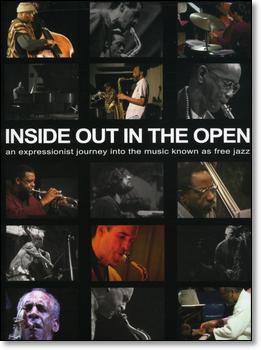
The problem with Ken Burns' excellent Jazz doco series for those who embrace the broad church that is jazz, was not what was included (that was largely unimpeachable) but what was excluded.
Burns -- and perhaps more specifically his advisor Wynton Marsalis -- left out large areas of contemporary jazz. Marsalis was no fan of fusion, jazz-funk or free jazz (yet has rapped in recent times) and so those offspring of jazz got short shrift and were considered motherless children. Burns' rationale that we are too close to those movements to have any kind of perspective just didn't wash.
Free jazz is a problematic beast for most because it is so hard to analyse and categorise. For many listeners, when it starts they leave. It is however the natural, intellectual extension of the contract of jazz -- freedom of expression -- into realms where the casual listener does not go.
It isn't easy, but it is most certainly a valid form of free expression -- although when the great Joseph Jarman of the Art Ensemble of Chicago says in this hour-long documentary "I am trying to get eliminate reason" many will hear that as crazy talk. Or the talk of a crazy man.
And yes, there is something crazy about witnessing free jazz in performance where the artists abandon themselves to the ideas which flow through them, often as unfiltered as possible.
Jarman makes clear however you need to be schooled in music to be have a pool of ideas from which you free yourself.
Many listeners are, rightly, suspicious of free jazz as a refuge for those who simply cannnot "play" in the accepted sense. And even its most ardent propents would agree that many players -- usually very briefly because they get found out -- have assumed the mantle of free jazz (until they learn some serious chops).
It is not a music for the untutored or the fearful. Anyone who has listened to much free jazz can spot the pretenders and charlatans. They usually lack muscle.
This excellent doco takes you up close to revolutionary musicians of the Sixties who are now old men. But archive footage takes you back to New York as the crucible of this music which was, inevitably, linked to the rise of revolutionary black politics. John Tchicai speaks of Le Roi Jones (Amiri Baraka) reading his poems to music, Jarman says Chicago was a different place than New York because it doesnt have the illusion of competition of the Big Apple, and Baikida Carroll speaks of the Black Artists Group of St Louis being into education and talks of teaching inner city black kids all aspects of art through dance, theatre and painting as well as music.
In free jazz he says he found "an environment that nurtured creativity".
Jarman says how acceptable it was for musicians to bring in odd instruments or their own eccentric notation of circles, squares and arcs for others to try to follow. The music needed to have emotional content however.
Aside from the talking heads, here is footage of this jazz caught in the act of creativity by the likes of Reggie Workman, Carroll, Peter Brotzmann, Wilber Morris . . .
It does seem a shame Ornette Coleman, Cecil Taylor, Archie Shepp and some of those early greats aren't here, but in this instance -- unlike Burns' Jazz -- this isn't omission as a sin.
Free jazz is hard work and often delivered with white-knuckle intensity (Albert Ayler is on the soundtrack), and a career which virtually guarantees a small audience, and therefore tiny financial returns if any. It is almost exclusively male too (Susie Ibarra is here.)
But the best free jazz is a personal language that speaks to those who are willing to hear.
This insightful, clear and convincing 2001 doco (releaased through ESP-Disk which has been recording this music for five decades) will speak to more than just aficionados.
It is also addressed those who want an intro to a music they might otherwise flee from. Here they will be gripped, if sometimes a little fearful of the sheer visceral power of the performers on display
For more on Inside Out in the Open go here

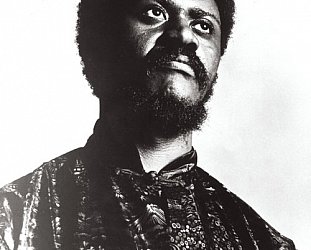
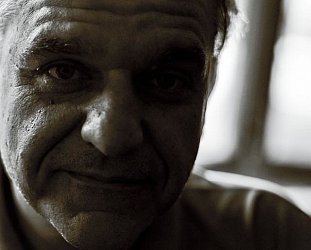
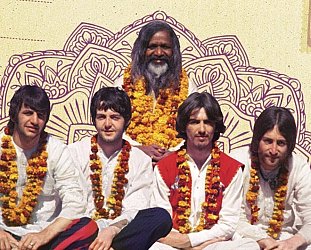
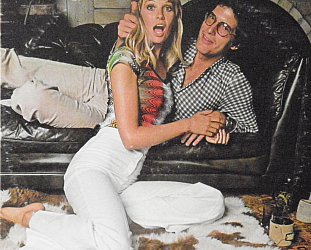

post a comment